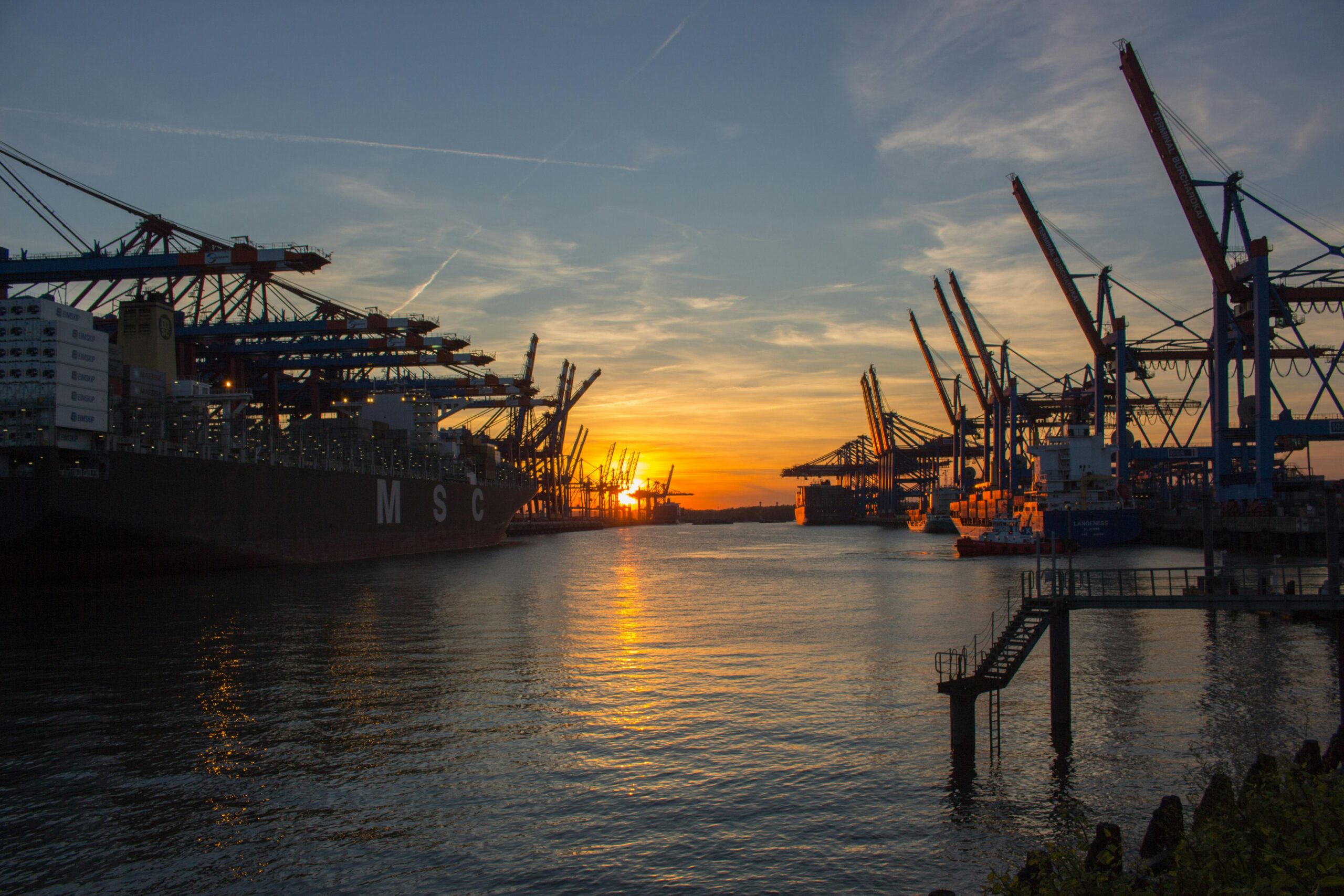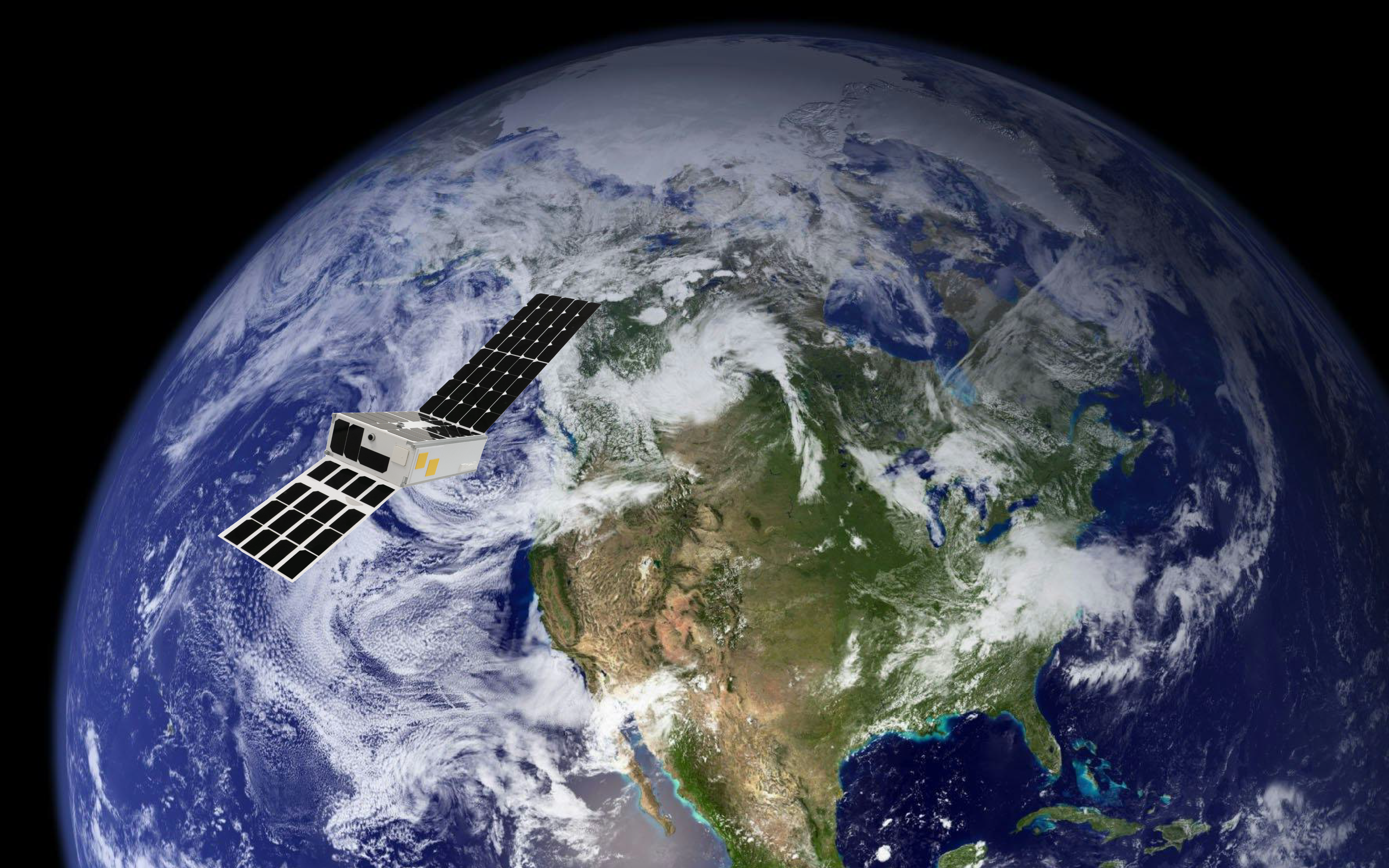
To achieve 30 percent protection and conservation of the entire ocean, including both coastal areas and the high seas, we would need to safeguard 109 million square kilometres (42 million square miles)—an area more than 11 times the size of the United States.
Enter Ubotica, a leader in SPACE:AI Their innovative solutions promise to transform maritime security by significantly reducing the costs of sea patrolling and enhancing the detection of dark vessels.
The Challenges of Maritime Security
Traditional maritime surveillance faces several significant challenges that impact its effectiveness and efficiency. These challenges include:
1. Vast Coverage Areas
2. Detection and Identification
3. Limited Sensor Capabilities
Weather Dependence: Optical sensors, in particular, can be hindered by weather conditions like clouds, fog, and storms, reducing their effectiveness.
4. Timeliness and Latency
5. Cost and Resources
6. Human Error and Fatigue
Ubotica’s Game-Changing Solution

SPACE:AI Surveillance: Live Earth Intelligence is achieved by training and deploying custom models tailored to specific imagers and tasks (such as ship detection), SPACE:AI unlocks real-time Edge AI analysis onboard the satellite, and delivers instant insights directly to users on Earth. This allows for the continuous monitoring of large maritime areas without the need for constant human oversight. AI algorithms can identify patterns and anomalies, flagging suspicious activities for further investigation. This reduces the need for extensive manned patrols, significantly cutting operational costs.
Autonomous Tasking: Satellites with SPACE:AI autonomously adjust their tasks using real-time analysis, tipping and cueing, and cross-constellation collaboration. This approach optimises satellite deployment and enhances revenue by dynamically responding to shifting priorities and emerging opportunities. For instance, when a satellite detects an anomaly, it can independently direct other satellites to form a coordinated swarm and perform a more in-depth analysis of the suspicious targets. This capability is particularly valuable for narcotics interdiction and combating various forms of trafficking, significantly improving the effectiveness of maritime surveillance.
Dark Vessel Detection: One of Ubotica’s most critical contributions is its ability to detect dark vessels. By integrating SPACE:AI with satellite sensors offers a powerful solution for detecting dark vessels—those that disable their AIS transponders to avoid detection. SPACE:AI identifies vessels and also extracts valuable metadata, including location, size, and orientation. This metadata, relayed to ground in real-time, can then be combined with AIS (Automatic Identification System) data to detect dark vessels engaged in illegal or suspicious activities.
Cost-Effective Scaling: Unlike traditional methods that require substantial upfront investments in infrastructure and equipment, along with high ongoing costs, Ubotica’s SPACE:AI solutions can be scaled more cost-effectively. Maritime forces can expand their surveillance capabilities by deploying additional sensors or satellites as needed, without the prohibitive costs associated with expanding physical patrol fleets.
Benefits for Maritime Forces
The adoption of Ubotica’s technologies offers several significant benefits for maritime forces:
Increased Efficiency: By automating much of the surveillance process, maritime forces can cover larger areas more effectively, reducing the likelihood of illegal activities going undetected.
Cost Savings: The reduction in the need for manned patrols and the efficient use of data resources translate to substantial cost savings, freeing up funds for other critical areas of operation.
Enhanced Responsiveness: With real-time data processing and analysis, maritime forces can respond more quickly to potential threats, improving their ability to intercept illegal activities before they escalate.
Improved Safety: Reducing the reliance on manned patrols not only cuts costs but also enhances the safety of personnel, who are no longer required to be constantly deployed in potentially dangerous environments.
Conclusion
In a world where maritime security is becoming increasingly complex and challenging, Ubotica’s SPACE:AI offers a promising solution. By reducing the costs of patrolling the seas and improving the detection of dark vessels. Ubotica is helping maritime forces become more efficient, responsive, and effective in safeguarding the oceans. As illegal activities continue to evolve, the adoption of cutting-edge technologies like those developed by Ubotica will be crucial in maintaining the security and safety of our maritime domains.
